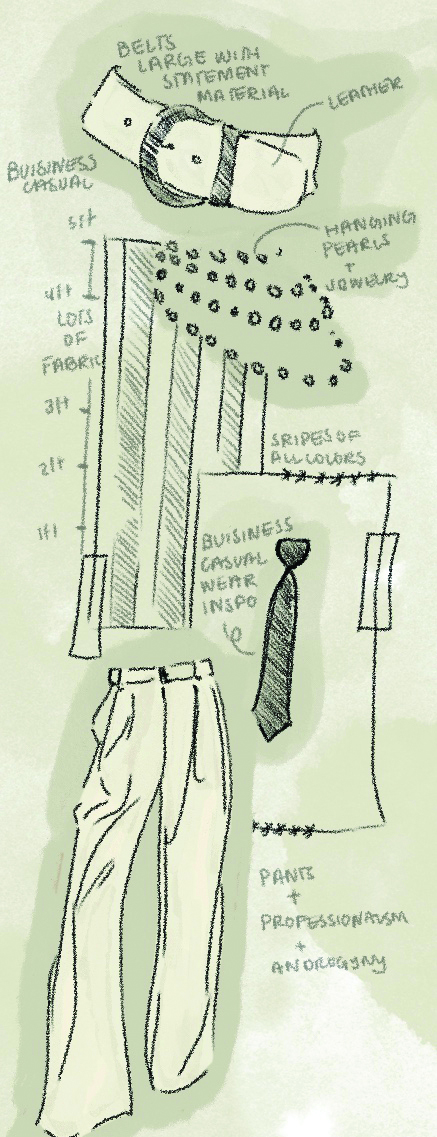Updated from print

Photo by Nicky Pearl.
In the months leading up to the final January, 2016, deadline for military branches to announce and justify which combat roles will be closed to women, many doors have opened for female soldiers, but not without opposition.
When the Obama administration announced in January of 2013 the end of the ban on women in combat, Defense Secretary Ash Carter said he would like for women to be able to serve in all combat roles, according to NPR. Barriers fell over the past several months to make Carter’s vision closer to a reality. In August, two women became the first female officers ever to pass the Army Ranger School’s training course, according to NPR. The push to open elite combat roles to women received support in August from Navy Special Warfare Commander Rear Admiral Brian L. Loosey who recommended that the Navy SEALS open combat positions to women, according to the Navy Times. The constitutionality of women’s exclusion from Selective Service has also been challenged, thanks to a July lawsuit by a 17-year-old girl in New Jersey.
Some of the most vocal opposition to integrating women into certain combat roles has come from the leaders of the Marine Corps. Just weeks after the news of women’s success on the Ranger School course, a Marine Corps study published in September found that all-male squads performed better than mixed-gender squads on its Infantry Officer School course, NPR reported. A recent change in military leadership provides an example of the divide over the extent to which women should be integrated into combat. General Martin Dempsey retired this month from his position as Joint Chief of Staff, the highest ranking military officer in the United States. While he was Joint Chief of Staff, Dempsey’s stance on women in combat came to be known as the Dempsey Rule: if women cannot meet the physical standards for combat roles, commanders should lower the standards unless they can show that doing so would put soldiers in danger. Dempsey’s successor, former Marine Corps General Joseph Dunford, challenged the Dempsey Rule in the past when he recommended against integrating the Marines’ combat units.
Click here to read more
















